Winterizing Mandevillas: Tips For Overwintering A Mandevilla Vine
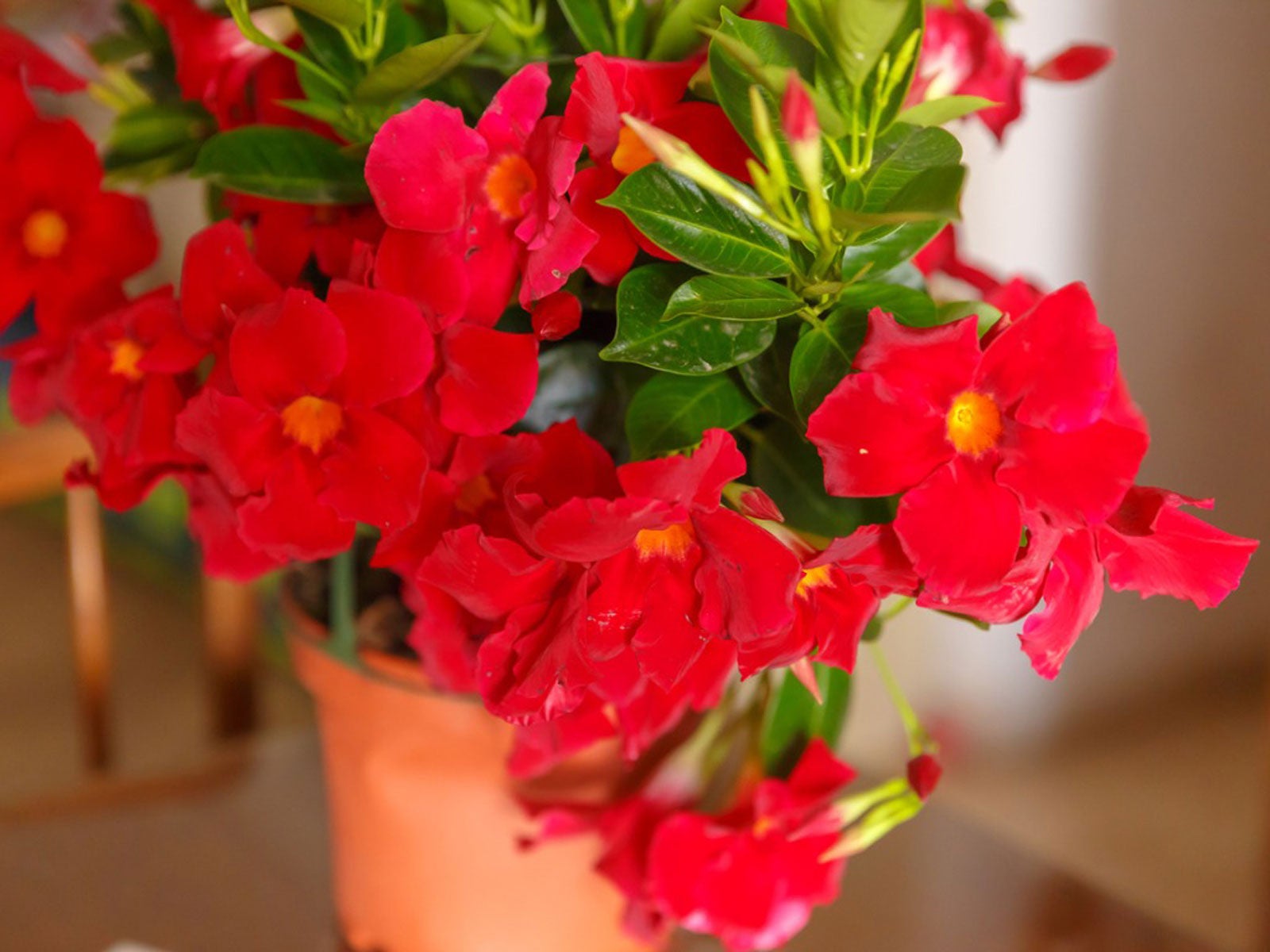

Mandevilla is a showy vine with big, shiny leaves and eye-catching blooms available in shades of crimson, pink, yellow, purple, cream, and white. This graceful, twining vine can grow up to 10 feet (3 m.) in a single season. Mandevilla plants in winter survive the season in fine shape if you live in a tropical climate that falls within the temperature ranges of USDA plant hardiness zones 9 and above. However, if you live in a more northern climate, planting the vine in a container is the best way to go. This tropical plant won't tolerate temperatures below 45 to 50 degrees F. (7-10 C.) and must be wintered indoors.
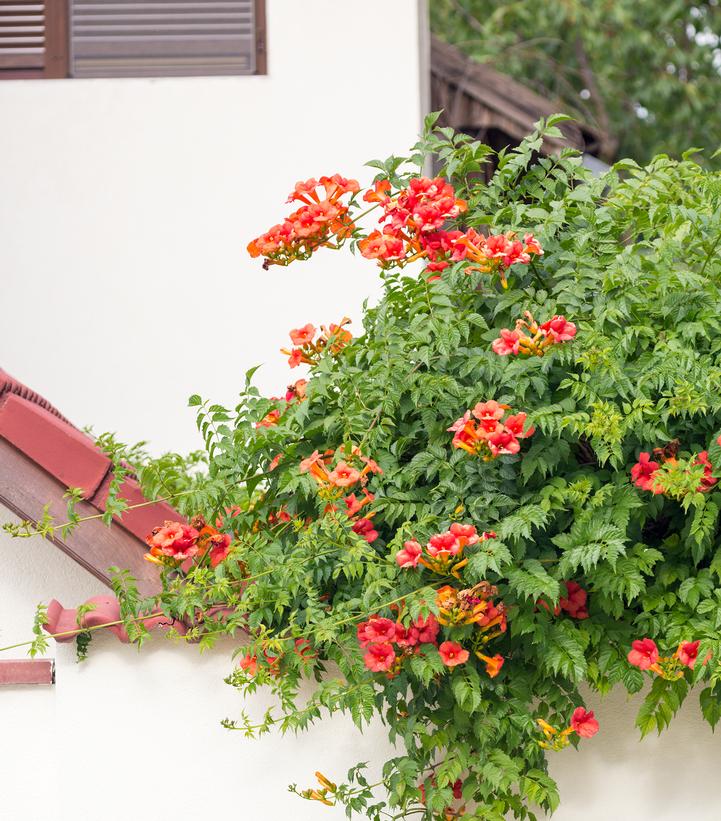
Discover some of our favorite flowering vines in the Gardening Know How Shop.
How to Overwinter Mandevilla as a Houseplant
Bring a potted mandevilla plant indoors before the mercury drops below 60 degrees F. (15 C.) and grow it as a houseplant until temperatures rise in spring. Trim the plant to a manageable size and put it where it gets plenty of bright sunlight. Room temperatures are fine. Water the plant every week and trim as needed to maintain the desired size and shape. Don't expect blooms; the plant isn't likely to bloom during the winter.
Winterizing Mandevillas
If you're short on bright light or space, you can bring the mandevilla indoors and store it in a dormant state. Put the plant in the sink and drench the soil thoroughly to wash out pests that may be lurking in the potting mix, then cut it back to about 10 inches (25 cm.). If you don't want to trim it back, you may notice yellowing with subsequent leaf drop-- this is normal. Place the plant in a sunny room where temperatures are between 55 and 60 degrees F. (12-15 C.). Water sparingly throughout the winter, providing only enough moisture to keep the potting mix from becoming bone dry. When you see early spring growth indicating the plant is breaking dormancy, move the mandevilla to a warm, sunny room and resume normal watering and fertilization. Either way you decide to winter your mandevilla, don't move it back outdoors until temperatures are consistently above 60 degrees F. (15 C.). This is also a good time to move the plant to a slightly larger pot with fresh potting mix.
Gardening tips, videos, info and more delivered right to your inbox!
Sign up for the Gardening Know How newsletter today and receive a free copy of our e-book "How to Grow Delicious Tomatoes".

A Credentialed Garden Writer, Mary H. Dyer was with Gardening Know How in the very beginning, publishing articles as early as 2007.
-
 Looking For Plants To Give You The Soft And Fuzzies? Try These 5 Fuzzy Leaf Plant Options
Looking For Plants To Give You The Soft And Fuzzies? Try These 5 Fuzzy Leaf Plant OptionsLovers of texture, drama, silver foliage and tactile plants will adore these special sensory garden additions. These fuzzy leaf plant options will leave you all aglow
By Susan Albert
-
 Get Ready For A Summer Of Hummers! Grow These Full Sun Hummingbird Plants and Flowers
Get Ready For A Summer Of Hummers! Grow These Full Sun Hummingbird Plants and FlowersIf you’re lucky enough to enjoy a sunny backyard, make sure you are maxing out on your pollinator opportunities and grow these full sun hummingbird plants and flowers
By Tonya Barnett
-
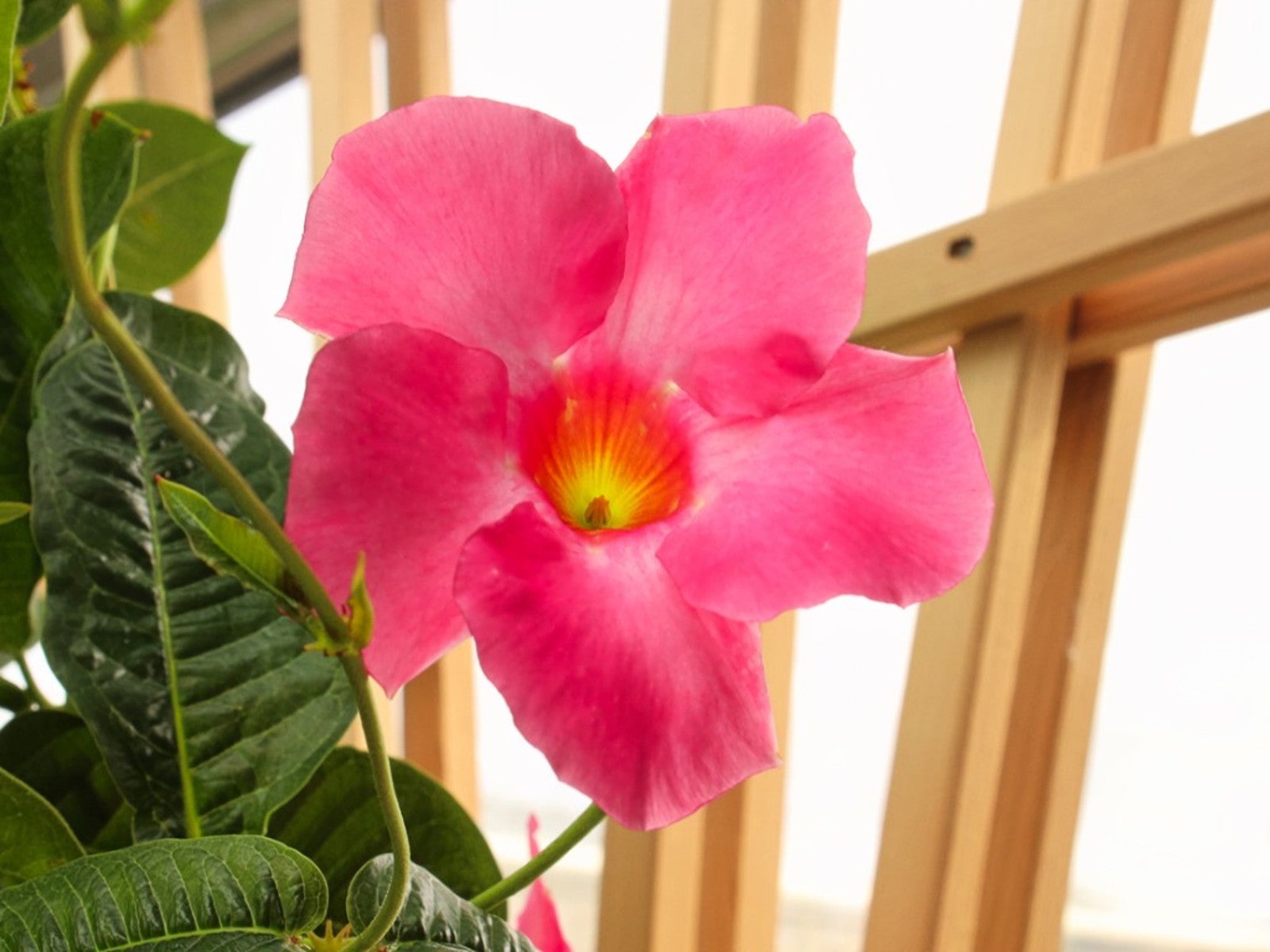 How Much Light Does A Mandevilla Need Indoors?
How Much Light Does A Mandevilla Need Indoors?You can overwinter a beautiful mandevilla indoors, but it has special lighting needs. Read on to learn more about it.
By Amy Grant
-
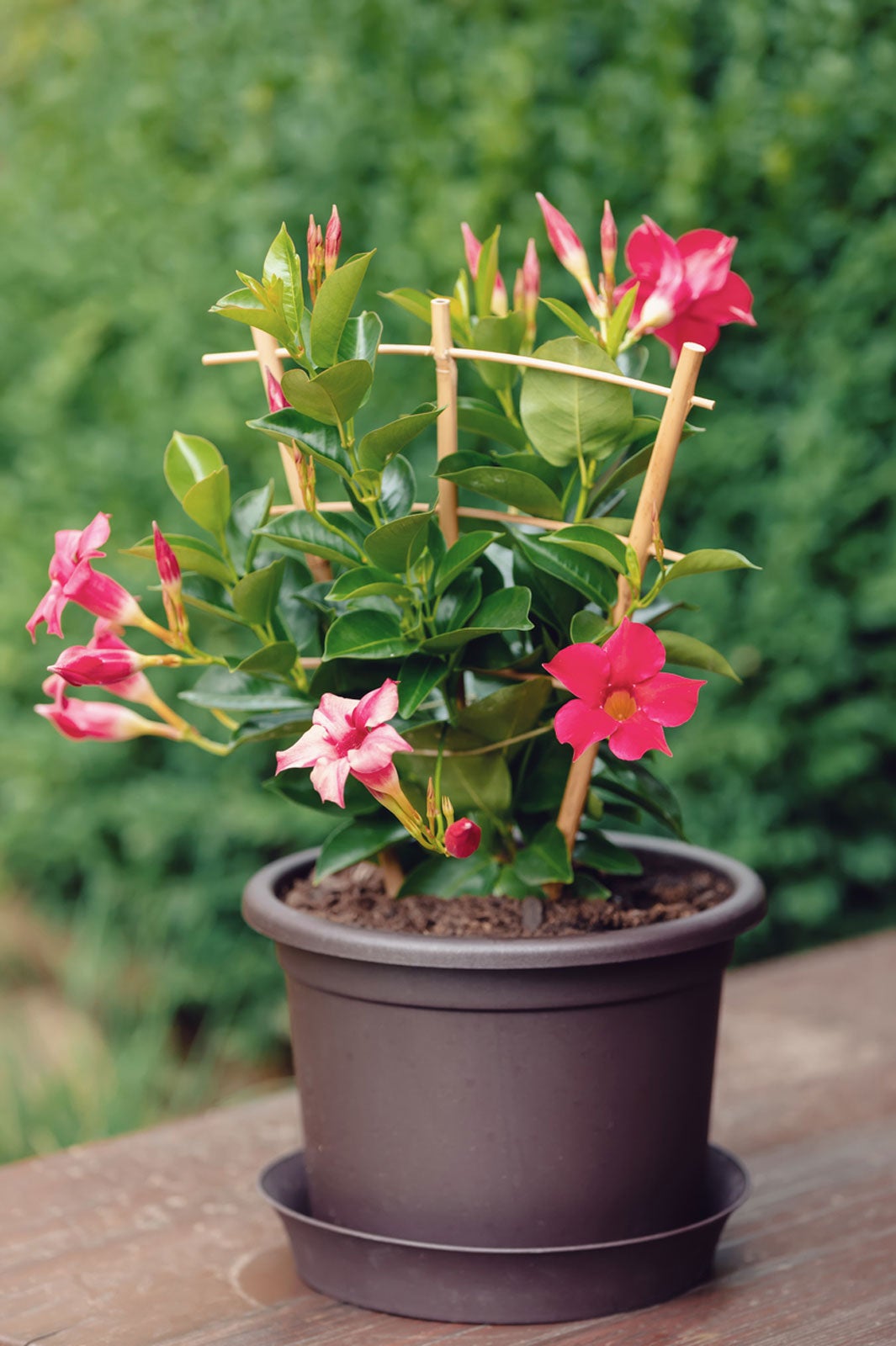 Repotting Mandevilla Plants: Learn How To Repot Mandevilla Flowers
Repotting Mandevilla Plants: Learn How To Repot Mandevilla FlowersMandevilla is a reliable flowering vine with stunning, trumpet-shaped blooms. In cooler climates, it is grown as an indoor plant. Occasional repotting is necessary to keep the plant healthy and repotting mandevilla isn’t difficult. This article will help.
By Mary H. Dyer
-
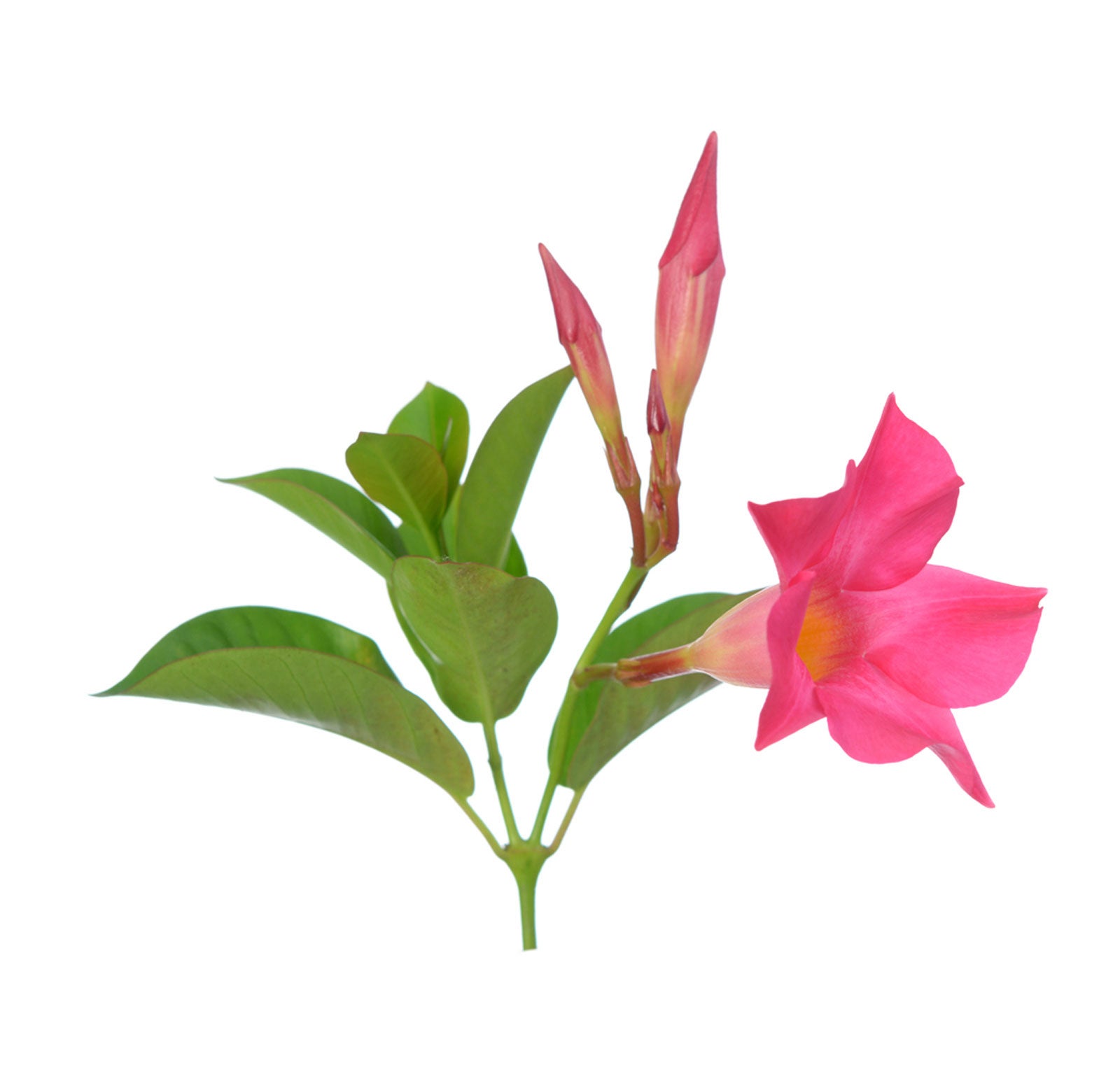 Dipladenia Cutting Propagation – How To Root Dipladenia Cuttings
Dipladenia Cutting Propagation – How To Root Dipladenia CuttingsDipladenia is a tropical vining plant similar to Mandevilla. Many gardeners grow these vines from cuttings to grace a garden bed or patio. Perhaps, you are interested in growing this lovely vine for yourself. For tips on how to root Dipladenia cuttings, click this article.
By Teo Spengler
-
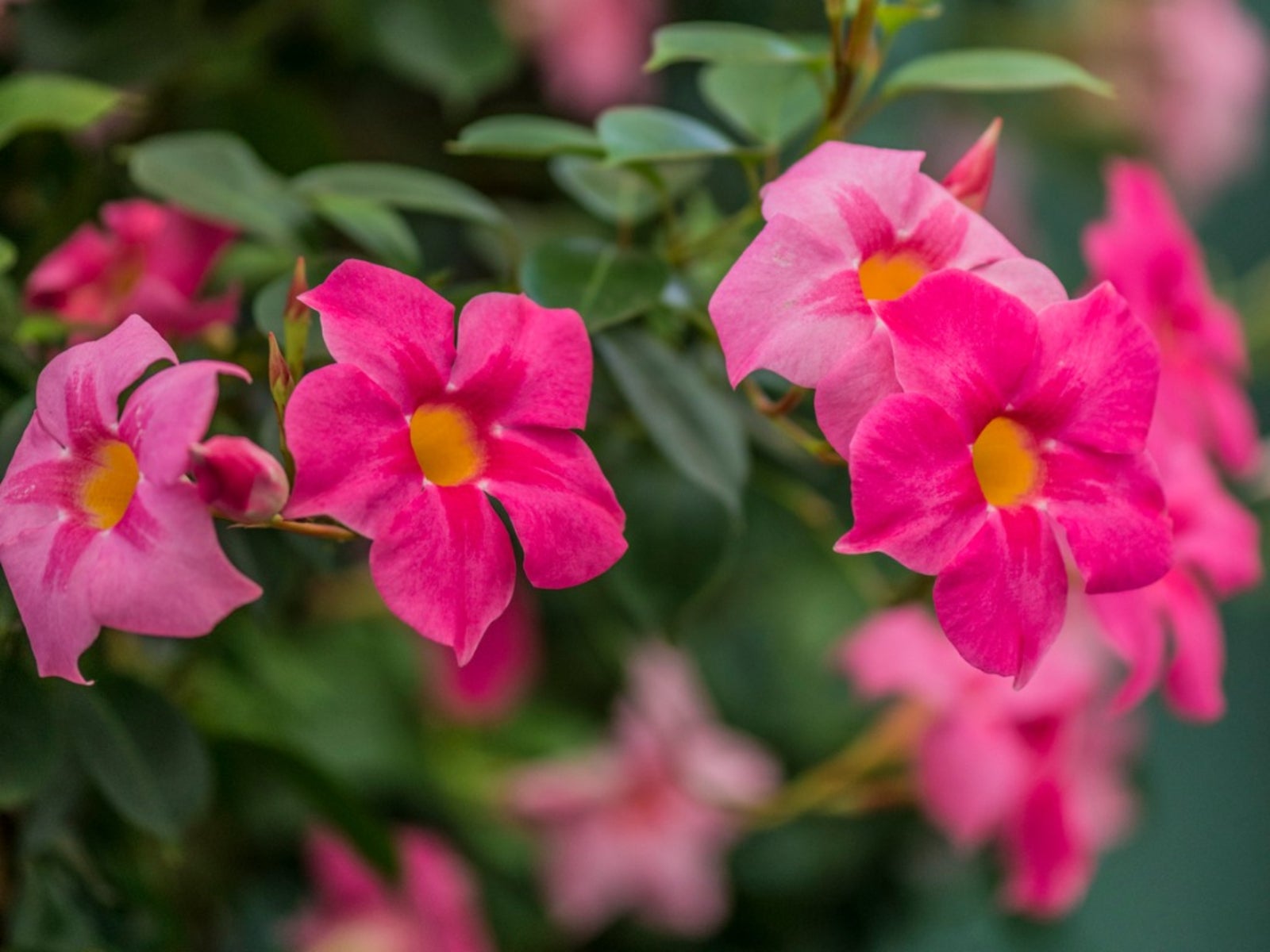 Mandevilla Plant Tubers: Propagating Mandevilla From Tubers
Mandevilla Plant Tubers: Propagating Mandevilla From TubersThere are several easy ways to start a new mandevilla plant, including seeds and softwood cuttings, but propagating mandevilla from tubers probably isn?t a viable method of propagation. Click here to learn more about mandevilla plant tubers.
By Mary H. Dyer
-
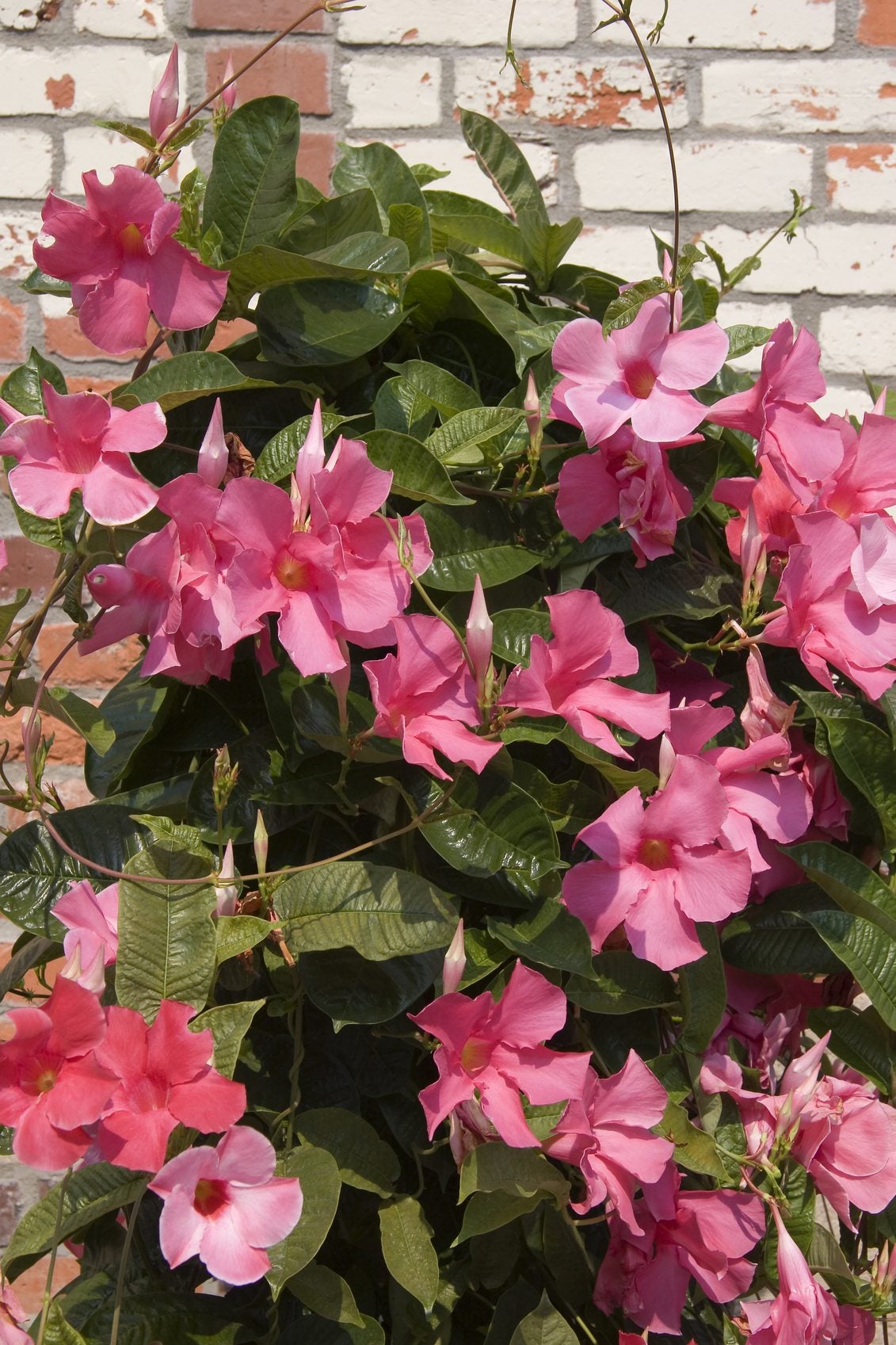 Should I Cut Back Mandevilla – When To Prune Mandevilla Vines
Should I Cut Back Mandevilla – When To Prune Mandevilla VinesIf allowed to grow untended, mandevilla can start to get an unkempt appearance and not flower as much. This is why pruning mandevilla vines at least once per year is recommended. Learn more about how to cut back a mandevilla in this article.
By Liz Baessler
-
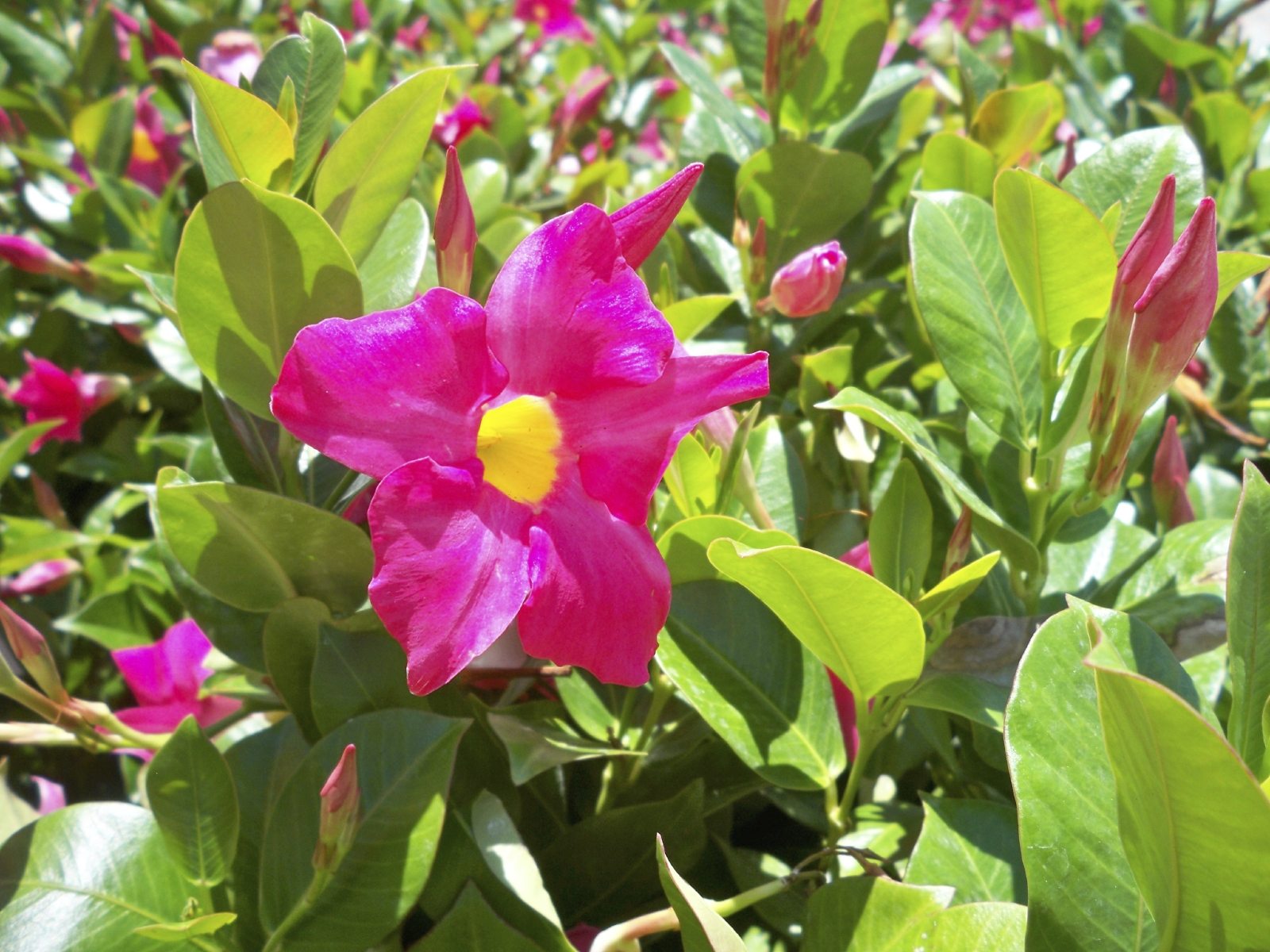 Mandevilla Ground Cover – How To Use Mandevilla Vines For Ground Covers
Mandevilla Ground Cover – How To Use Mandevilla Vines For Ground CoversA mandevilla vine can scramble over a slope as fast as it can climb a trellis, especially in areas where it is difficult to plant grass. Read this article for information about using mandevilla vines for ground covers.
By Teo Spengler
-
 Mandevilla Blooming Season: How Long Do Mandevillas Flower
Mandevilla Blooming Season: How Long Do Mandevillas FlowerWhen does mandevilla vine bloom? How long do mandevillas flower? All good questions, and the answers depend on a number of factors. Read this article for specific information about the mandevilla blooming season. Click here to learn more.
By Mary H. Dyer
-
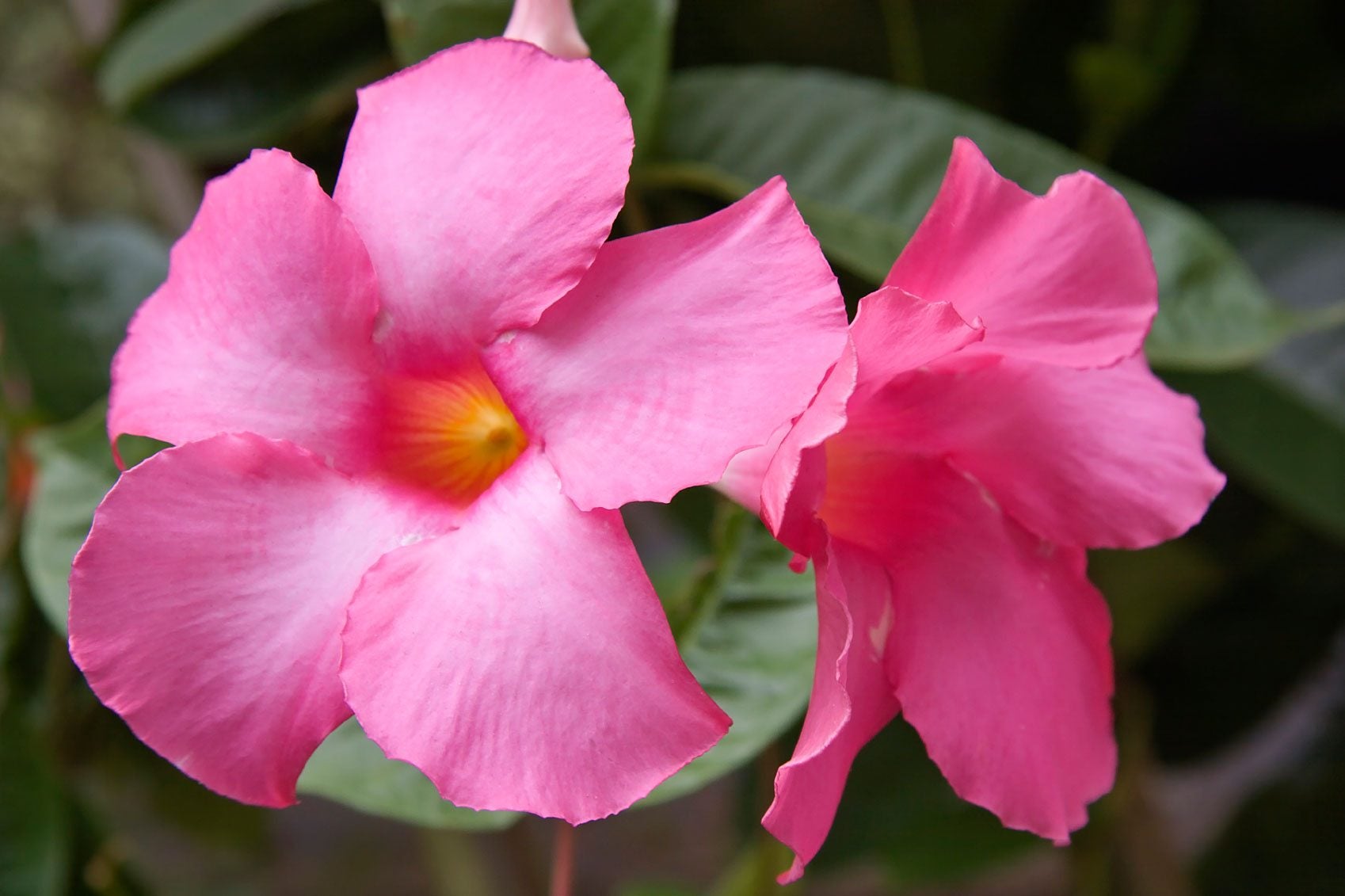 No Mandevilla Flowers: Getting A Mandevilla Plant To Bloom
No Mandevilla Flowers: Getting A Mandevilla Plant To BloomGetting a mandevilla plant to bloom in tropical regions relies upon plenty of water and adequate sunshine. In cooler climates, it may need more babying. For a few tricks, you can try if there are no mandevilla flowers on your plant, click here to learn more.
By Bonnie L. Grant